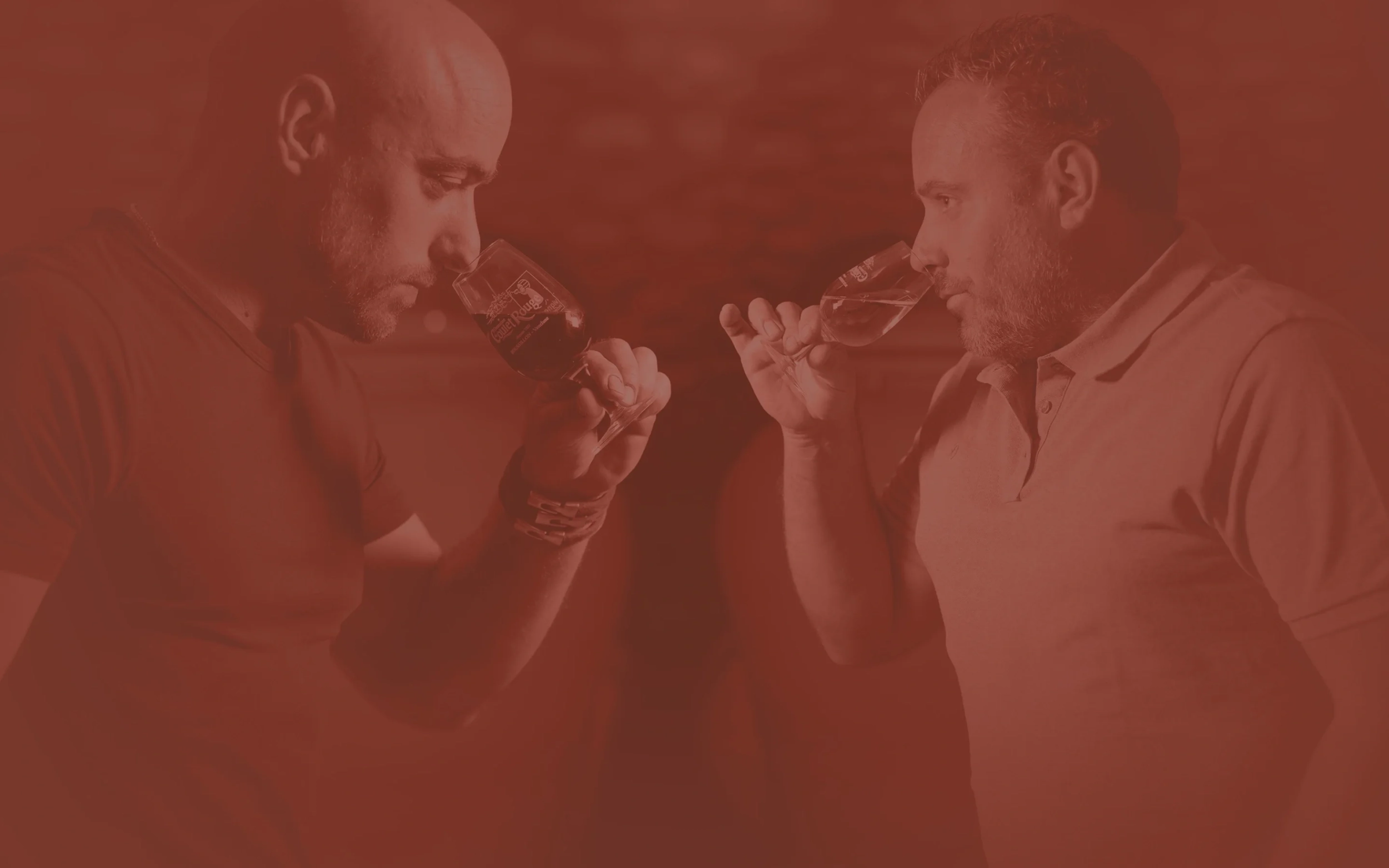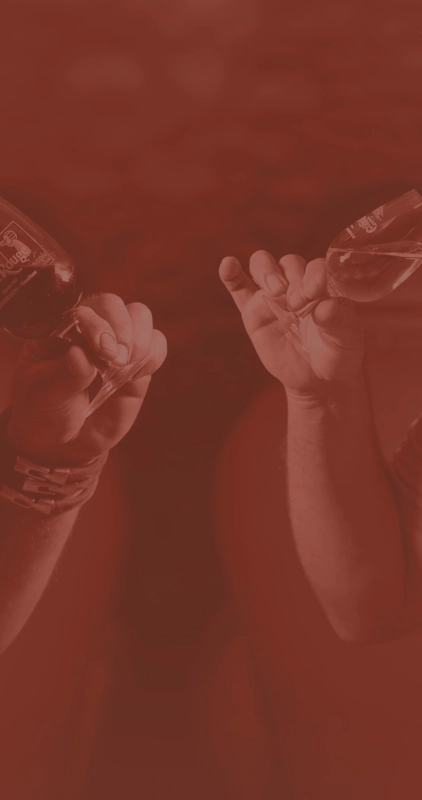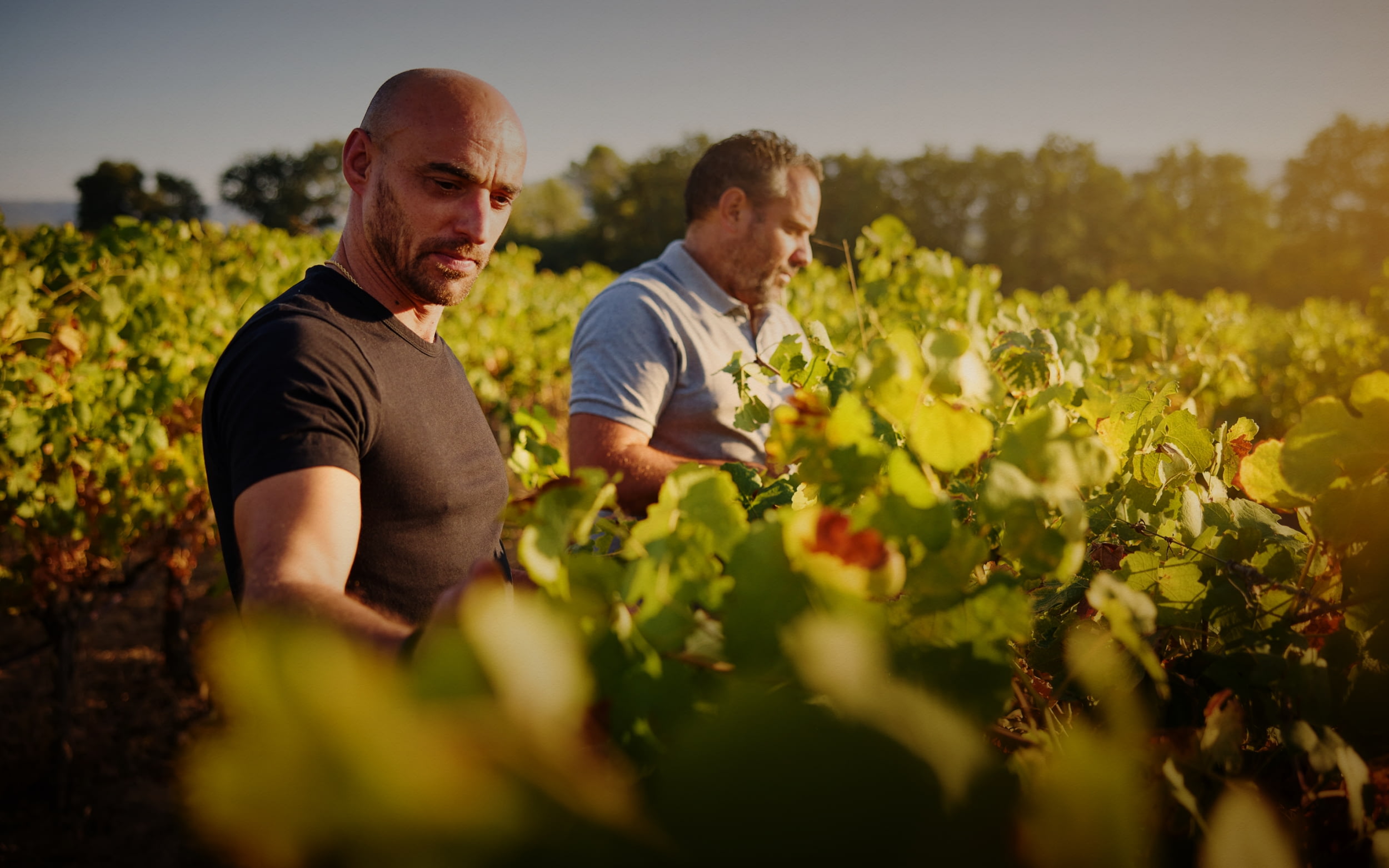Are you sure you want to perform this action?

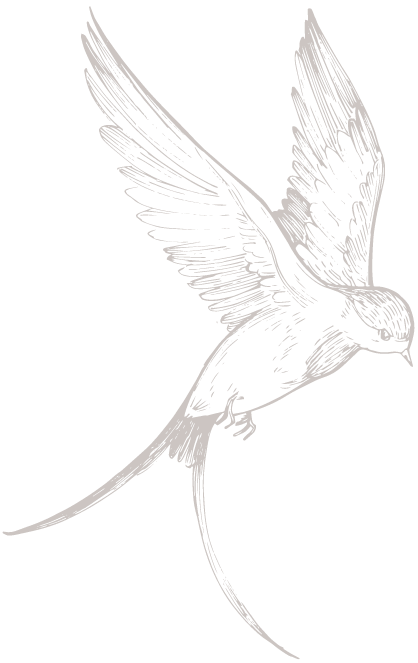
Four generations
since 1937
November 9th
1903
Albert BONNELLY, born in Ménerbes
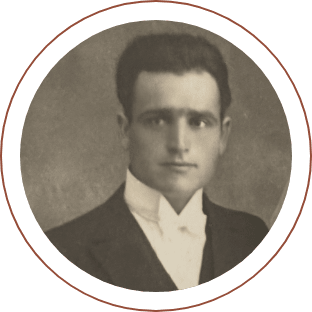
1ST GENERATION
ALBERT BONNELLY
August 6th
1907
Berthe Daussan, born in Lioux
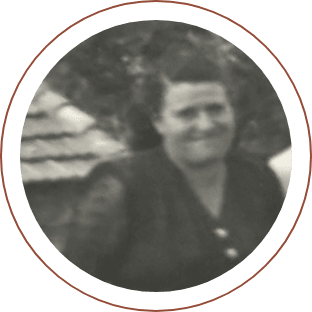
Early 20th century
The construction of Berthe and Albert's family home marks the start of the family's mixed farming activities: asparagus, melons, cherries ; they also planted their first vines, laying the foundations for a diversified and prosperous agricultural business.
1927
Berthe & Albert celebrated their wedding in April. In September, they bring their 1st harvest to the Cave Coopérative. This moment symbolises the beginning of their partnership in winegrowing.
1930 - 1935
Berthe and Albert want to start making their own wine from their grapes. They begin to build the first cement vats and the grape reception area, marking the start of a new phase for the farm.
13 mai
1931
Birth of their son, Aimé
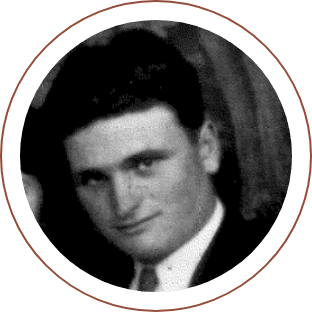
2ÈME GÉNÉRATION
AIMÉ BONNELLY
1937
First harvest at the estate, under the name "CAVE BONNELLY", from 7 hectares of vineyard. This marks the beginning of a long tradition of age-old family winemaking.
1939-1945
Albert is taken prisoner of war, leaving Berthe to run the estate alone. With the help of her son, she takes on the management of the various crops and the wine harvest, showing determination and courage to maintain the wine business despite the challenges of this very difficult period.
1941
Berthe et Aimé welcome Samuel Beckett, Irish writer and French Resistance fighter, to the estate. He helps them out in exchange for some provisions, thus contributing to the history and life of the estate during this tumultuous period. He will later mention us in his play "Waiting for Godot".
1952
The second generation, Aimé, married Paulette Bernard in February and settled at the estate to continue the family winegrowing adventure.
25 août
1954
Alain, their eldest son, is born. The vineyard continues to expand, with the acquisition of several hectares of vineyard inherited by Paulette's family, increasing the diversity of grape varieties.
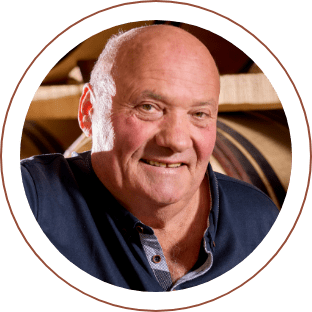
3ÈME GÉNÉRATION
ALAIN BONNELLY
1970
Alain, 3rd generation, joins his parents on the estate. He chooses to specialise in vineyard management. Under his father's direction, 90% of our bulk wine is sold to a wine merchant. The rest is sold in bottles to individuals on Provençal markets, enabling us to forge closer links with our regional and tourist clientele.
1980
In 1977, after the death of Grandpa Albert, Alain decides to put an end to mixed farming and concentrate exclusively on winegrowing, marking a new strategic direction.
6 juin
1981
Birth of his eldest son, Lionel
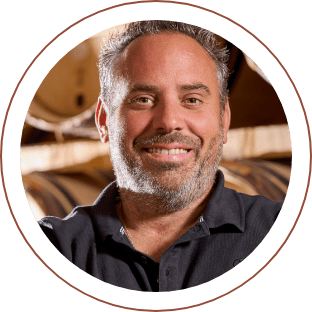
4ÈME GÉNÉRATION
LIONEL BONNELY
1982
Our 1st harvest with the harvesting machine, marking a turning point in our harvesting method, allowing greater efficiency and precision. At the same time, Alain initiates a diversification of grape varieties, enriching our terroir.
2 janvier
1986
Birth of his youngest son, Damien
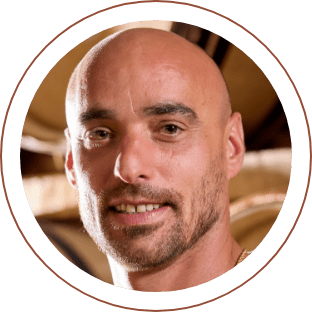
4ÈME GÉNÉRATION
DAMIEN BONNELY
2001
Mamy Berthe, the first generation of winegrowers, passed away, leaving behind a precious legacy. Lionel, the eldest grandson, joins his grandparents and father, and takes over responsibility for marketing and winemaking, marking a new era for our estate. Renamed the Domaine du Coulet Rouge, the Bonnelly winery underlines its commitment to quality and innovation in the production of exceptional wines.
2003
Employment of our 1st multi-skilled employee, as well as a tractor driver, reflecting our growth and commitment to developing our business.
2006
Combining tradition and innovation, we are expanding by introducing our first stainless steel vats into the vat house, which until now had only been made of cement.
2009
Damien joins his father and brother on the estate and will take over management of the vineyard, which now covers 60 hectares.
2015
We are investing in a new grape harvest reception area that is better suited to the growing size of the estate, as well as larger stainless steel vats and a pneumatic press to vinify our more aromatic Rosé and White wines, which are designed for larger volumes.
2018
In order to preserve our soils, we have decided to stop using herbicides and pesticides in our vineyards. As our vat room dates back to 1937, we are gradually renovating our cement vats.
2019
Determined to produce quality wines, using the best oenological practices, we invested in a concrete ovoid tank for the vinification of our white wines. This specific tank provides an ideal fermentation environment, preserving the characteristic aromas and freshness of our white wines.
2021
Renovation of our ageing cellar to include oak barrels and terracotta amphorae. This will optimise the ageing process for our red wines. At the same time, we are investing in the transition of our vineyard to HEV (High Environmental Value) certification, proving our commitment to environmentally-friendly farming practices.
2023
Today, Lionel & Damien are jointly in charge of the creation of around twenty different cuvées, including white, rosé and red wines. They monitor 82 hectares of vineyards with the support of 7 full-time employees.
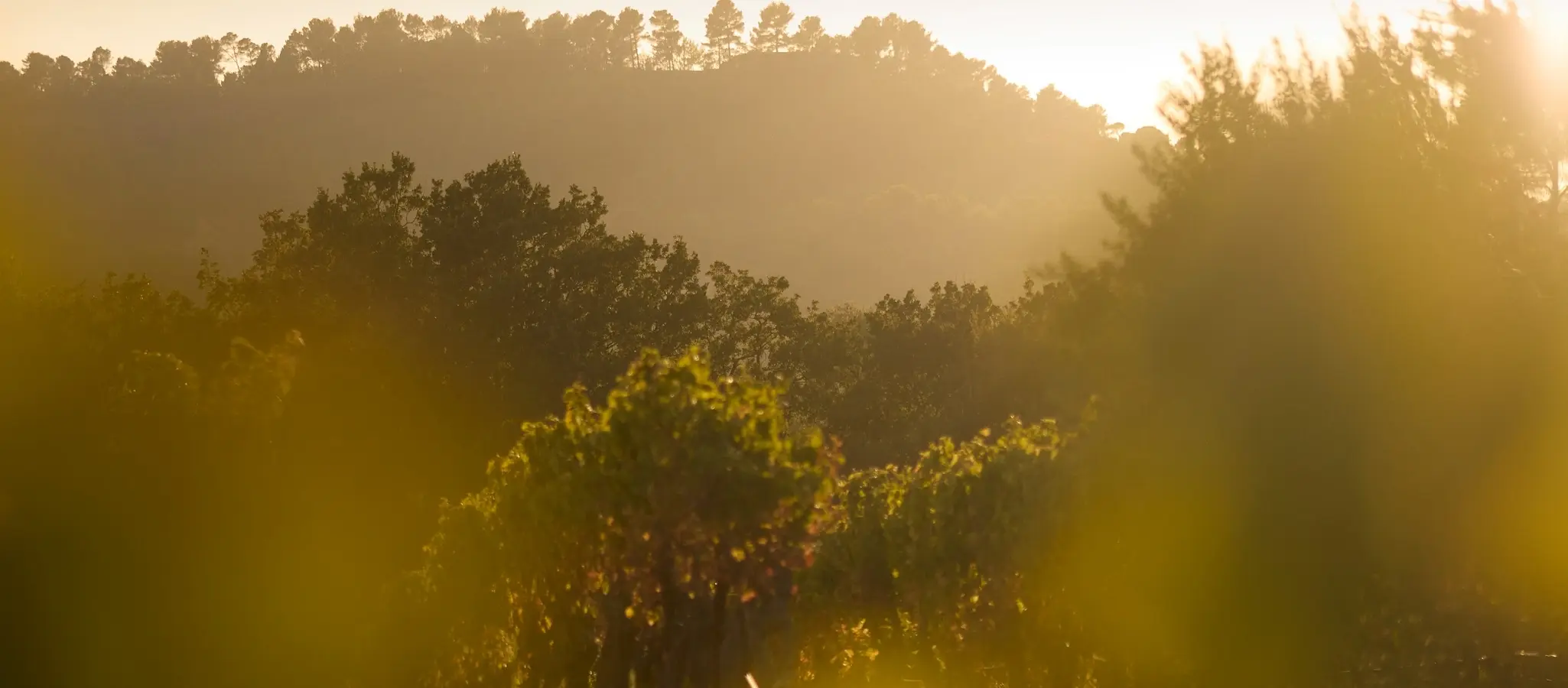
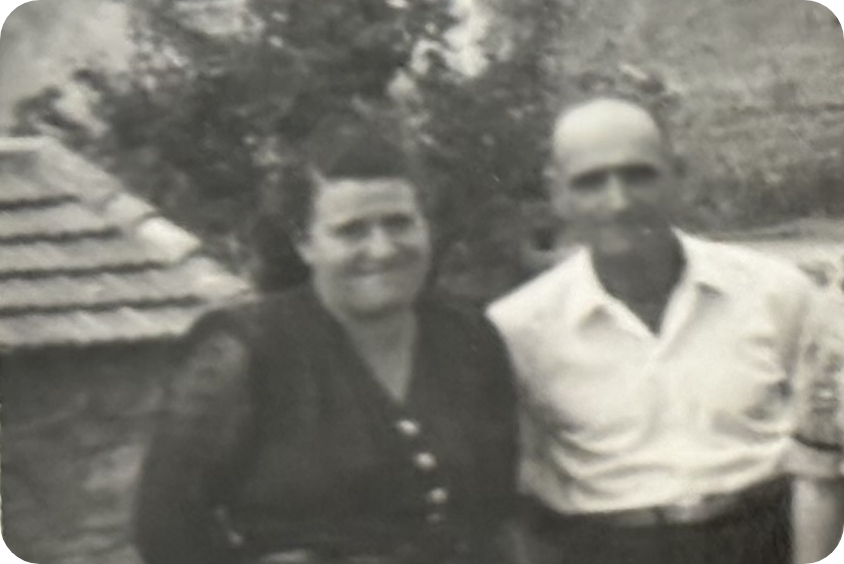
THE 1ST GENERATION
A true treasure of the cellar, steeped in the dignity of time and the richness of its history.
Berthe & Albert, farmers with 7 hectares of polycultures – vines, cherry trees, melon and asparagus, decided in 1937 not to take their grapes to the cooperative winery anymore and to make their own wine on the estate. Aware of the potential of their terroir, they learned the winegrowing trade.
They started to build concrete vats to turn into wine and store their first vintage (the same ones we still use today). They were thinking big and were already thinking about passing on this expertise with the birth of their son Aimé.
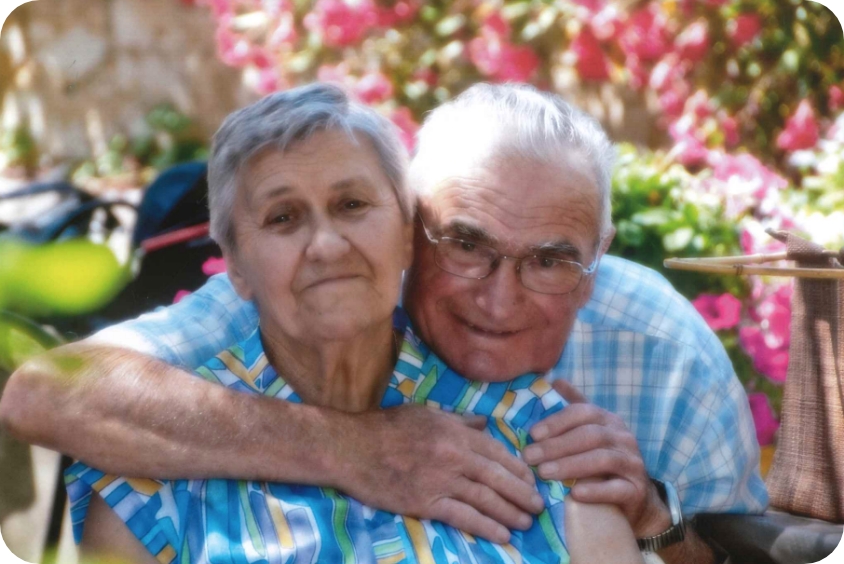
THE 2ND GENERATION
Faithful to its commitments, the fruit of attentive expertise and wisdom acquired over time.
Aimé followed his parents' career plans from an early age, and his father, who had returned from the war, encouraged him to carry on the family tradition, henceforth, he continued the adventure with Paulette. The estate was one of the first in the Pays d'Apt to bottle and sell its own wine.
Their interest in wine marketing led them to sell their wine and vegetables at local farmers' markets and to start delivering to professionals. The estate's reputation, initially anchored in Roussillon, gradually spread. In 1970, their son Alain joined the family business as a valuable helper.
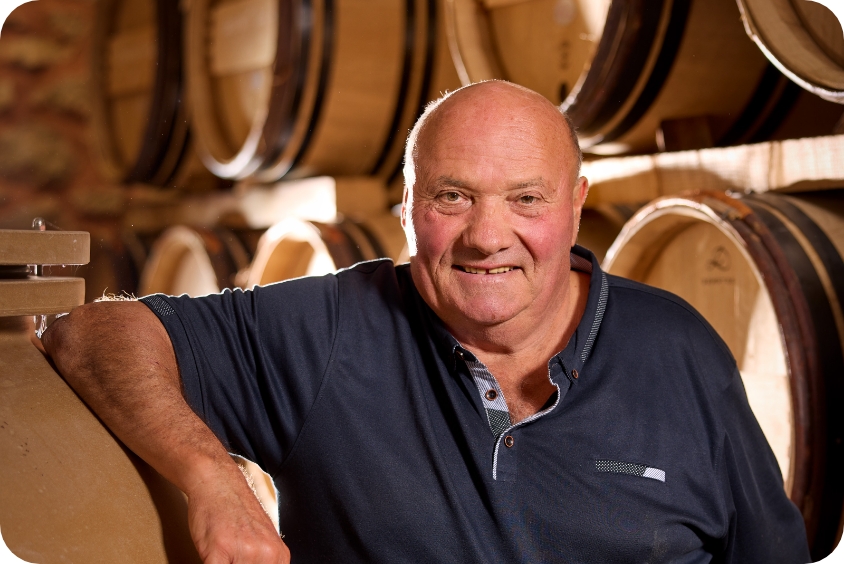
THE 3RD GENERATION
Complexity of time, vigour and a promising future.
Alain started working on the family farm with his parents and grandparents in 1970 as a family helper. He developed a passion for vines, and particularly enjoyed growing them. He then decided to give up cherries, melons and asparagus to devote himself to vines and wine. He learnt winemaking from his father and created a number of cuvées aged in wooden casks.
He diversified in the vineyards by planting other grape varieties from the Rhône Valley. He had two sons with whom he shared his passion from an early age.
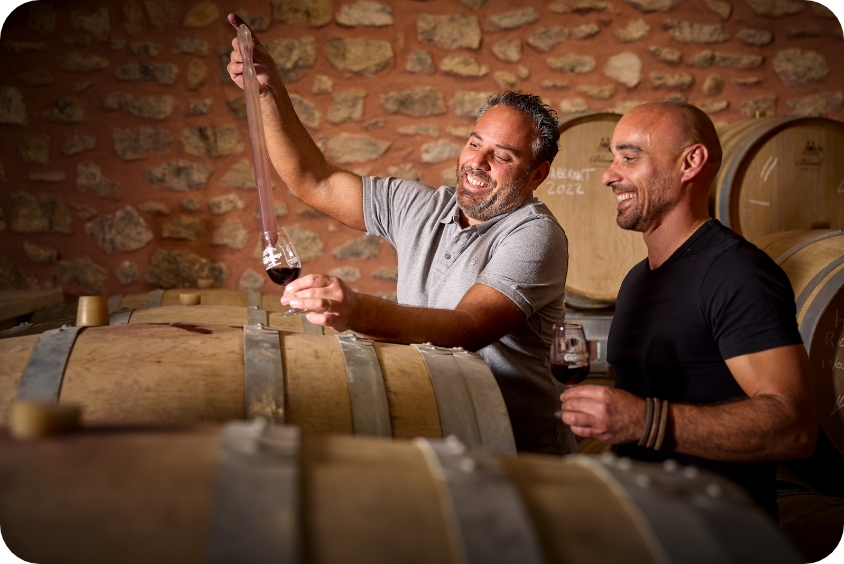
THE 4TH GENERATION
Reflecting the very essence of the estate, innovation and of Provence.
Lionel joined the domaine in 2001, specialising in sales. His aim is to produce more bottles and increase sales to individuals and professionals. With his grandfather, he goes to Provençal markets and enjoys sharing his passion. He and his father surrounded themselves with an oenologist during the harvest and began to create cuvées in the 3 colours and 2 appellations. Close to his customers, he gets to know their tastes and doesn't hesitate to diversify his oenological practices to ensure customer satisfaction.
Damien joined the estate in 2010, specialising in viticulture. An enthusiast of responsible, more environmentally-friendly viticulture, he is shaking things up a little by favouring mechanical work to eliminate chemical treatments. During the harvest, he teamed up with his brother.
The 2 brothers, with their complementary strengths, have helped the estate to evolve thanks to their demanding, modern working methods, which are always faithful to their fundamental values. Their close collaboration has enabled them to implement innovative viticultural and oenological practices, while preserving the authenticity and tradition of the family estate.
